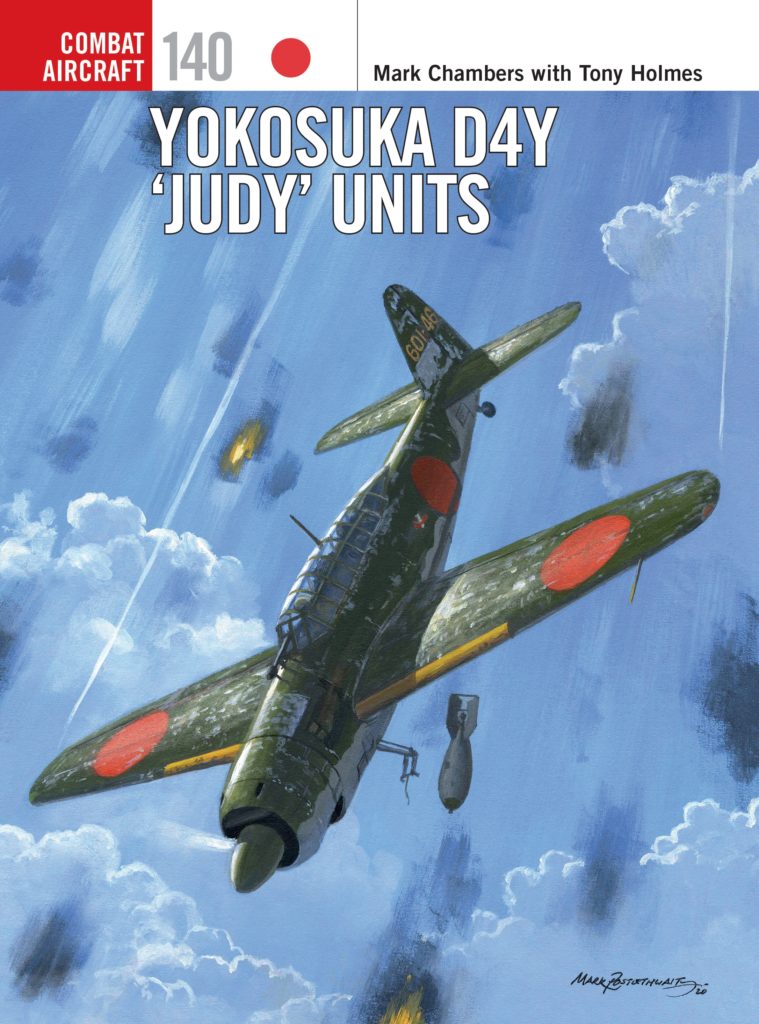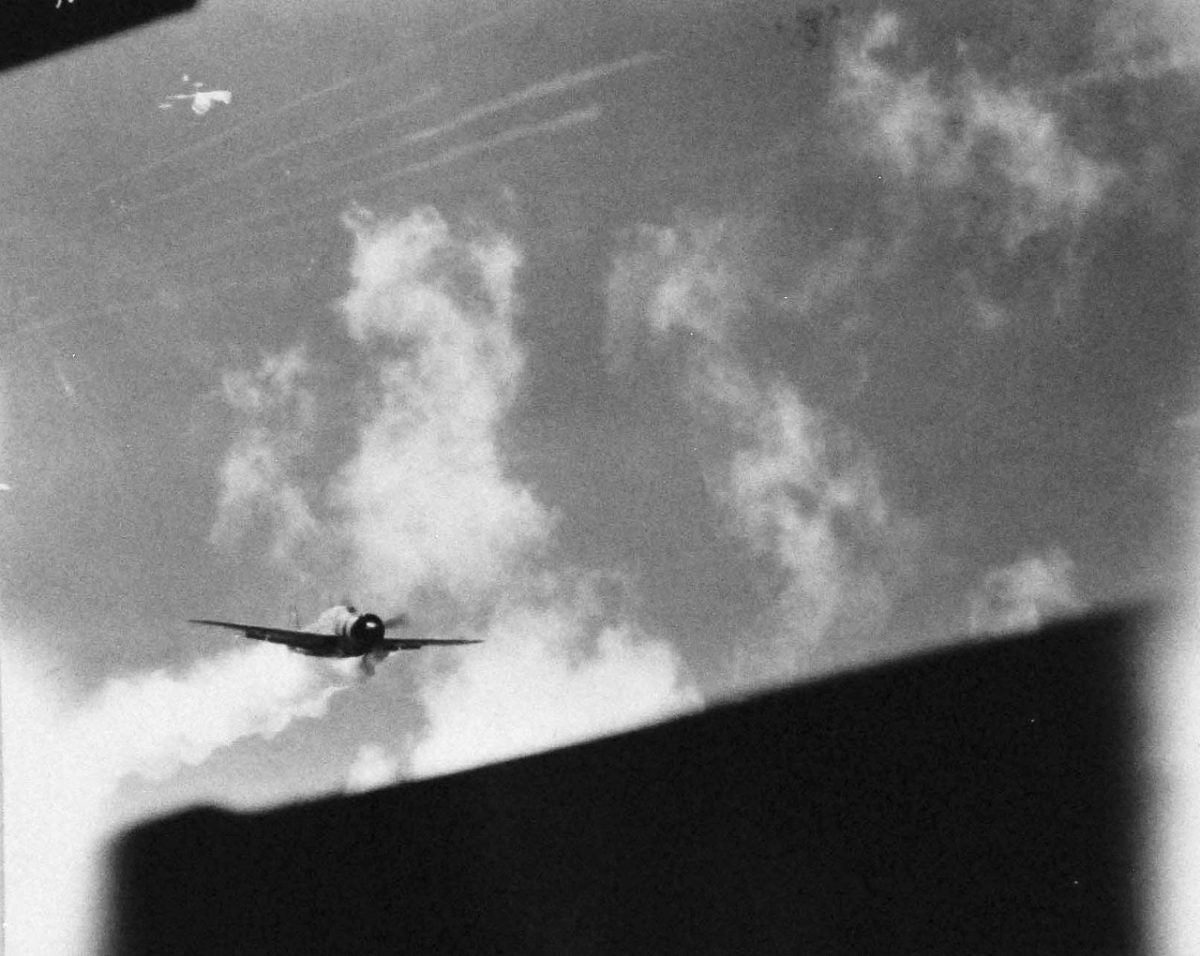Even while the Aichi D3A1 dive bomber was entering service in the Imperial Japanese Navy, the Air Technical Arsenal at Yokosuka was working on what turned out to be a dramatically innovative successor. Relatively compact, yet capable of carrying its bomb internally, the D4Y1 Suisei (“Comet”) stood out among Japanese warplanes for its 1,200-hp Aichi Atsuta 12 water-cooled inline engine, a license-built version of the German Daimler-Benz DB 601.
When the first few D4Y1s entered combat in a reconnaissance role during the Battle of Midway in June 1942, they displayed impressive performance, unfortunately combined with the unreliability that plagued most Japanese-produced inline engines. In 1943, Yokosuka remedied the engine problems by redesigning the plane to use a 1,500-hp Mitsubishi MK8P Kinsei 62 14-cylinder air-cooled radial. The result, designated D4Y3, differed little in performance from its predecessor, but was far easier and quicker to maintain. Known in either form as “Judy” among the Allies, the D4Y proved to be an outstanding dive bomber, but by the time the D4Y3 entered production the Pacific War was turning irreversibly against Japan.

Yokosuka D4Y ‘Judy’ Units
This post contains affiliate links. If you buy something through our site, we might earn a commission.
Mark Chambers, technical editor at the NASA Langley Research Center in Hampton, Virginia, and Osprey aviation editor Tony Holmes have collaborated to produce “Yokosuka D4Y ‘Judy’ Units,” a book that highlights in essence a series of occasional dramatic successes, such as the bombing of the aircraft carriers Princeton and Franklin, punctuating a general trend of mass slaughter.
In the war’s last desperate year, scores of Suiseis were pressed into service as suicide planes, including the D4Y4, specifically modified for the kamikaze role. Also given its fair mention among the desperation weapons is the D4Y2-S, fitted with a 20 mm cannon mounted behind the pilot at a 30-degree angle to intercept Boeing B-29s at night. All in all, this is an interesting study of a deadly but doomed warplane.
historynet magazines
Our 9 best-selling history titles feature in-depth storytelling and iconic imagery to engage and inform on the people, the wars, and the events that shaped America and the world.






